Neckeropsis is a genus of plant in the family Neckeraceae.

Bryaceae is a family of mosses.
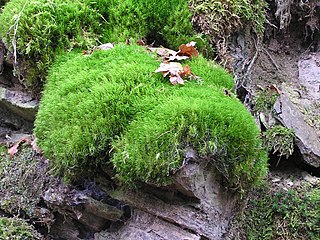
Dicranaceae is a family of haplolepideous mosses (Dicranidae) in class Bryopsida. Species within this family are dioicous. Genera in this family include Dicranum, Dicranoloma, and Mitrobryum.
Symphyodontaceae is a moss family in the order Hypnales.

Ditrichum is a genus of haplolepideous mosses (Dicranidae) in the family Ditrichaceae.
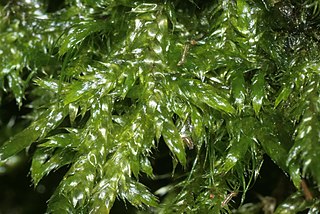
Sematophyllaceae is a family of mosses, known commonly as signal mosses. They grow on rocks in wet or humid places. and are found nearly worldwide, especially in tropical and temperate regions. There are about 150 species, which form yellow to yellow-green mats with reddish stems.
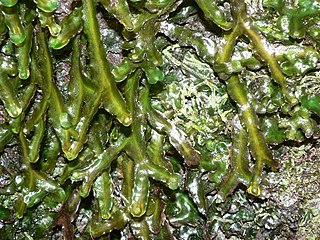
Daltoniaceae is a family of moss in the order Hookeriales.
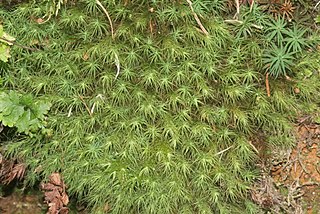
Bartramiales is an order of moss.

Leucobryum is a genus of haplolepideous mosses (Dicranidae) in the family Leucobryaceae. The name comes from the Greek leukos, meaning white, and bryon, meaning moss.

Ptychomitriaceae is a family of mosses in the subclass Dicranidae.

Erpodiaceae is a family of haplolepideous mosses (Dicranidae) in the order Dicranales. It consists of six genera.

Rhabdoweisiaceae is a family of haplolepideous mosses (Dicranidae) in the order Dicranales. It consists of 16 genera.

Ditrichaceae is a family of haplolepideous mosses (Dicranidae) in the order Dicranales.
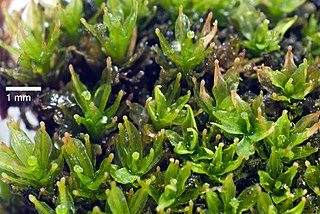
Calymperaceae is a family of haplolepideous mosses (Dicranidae) in the order Dicranales.

Distichium is a genus of haplolepideous mosses (Dicranidae) in the monotypic family Distichiaceae.
Timmiellaceae is a family of haplolepideous mosses (Dicranidae). It contains two genera, Luisierella and Timmiella, that were formerly place in family Pottiaceae.
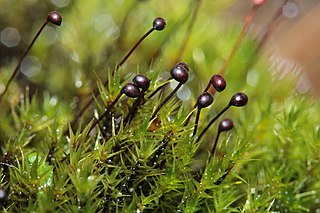
Catoscopium is a genus of haplolepidous mosses (Dicranidae) in the monotypic family Catoscopiaceae .
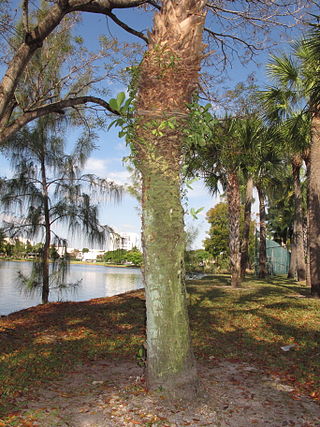
Octoblepharum is a genus of haplolepideous mosses (Dicranidae) in the monotypic family Octoblepharaceae . The genus Octoblepharum was previously placed in family Calymperaceae.
Gigaspermum is a genus of moss in the family Gigaspermaceae. It contains four species.
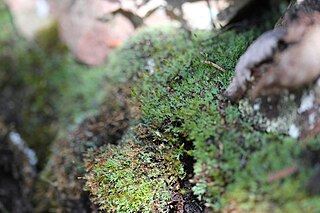
Saelania is a genus of mosses in the monotypic family Saelaniaceae in subclass Dicranidae. The genus was previously placed in family Ditrichaceae. Saelania is named after Finnish botanist Thiodolf Saelan.















